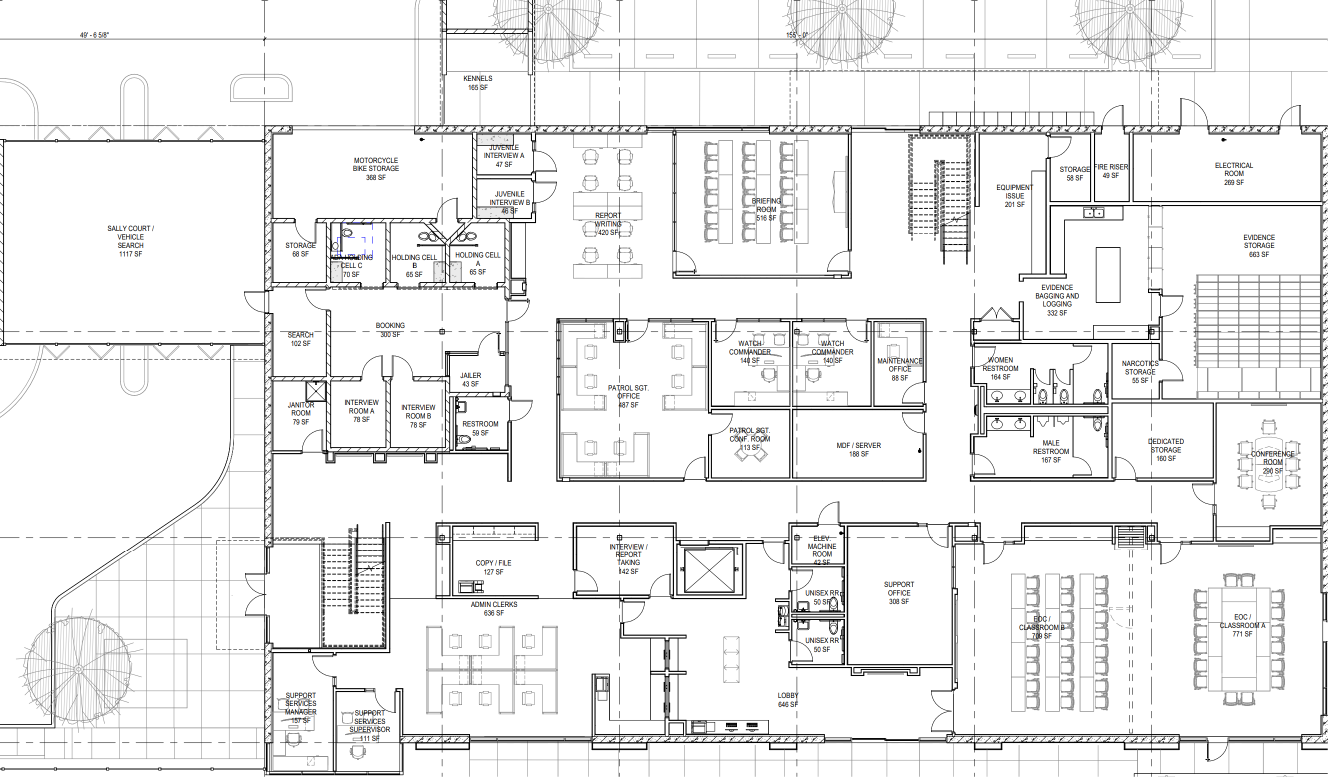What would you do with $47 million?
That’s the financial commitment the City of San Pablo has made to build a second police training facility—an investment that comes with decades of debt, rising interest, and future tax burdens that our communities will be left to shoulder.
We asked ourselves: What could we be doing instead—right now, for the next 30 years—with this same money, space, and labor? So, we reimagined the facility from top to bottom.
Click parts of the building to view the different areas.

Click the switch at the bottom of the page to view the other version of the floorplans.